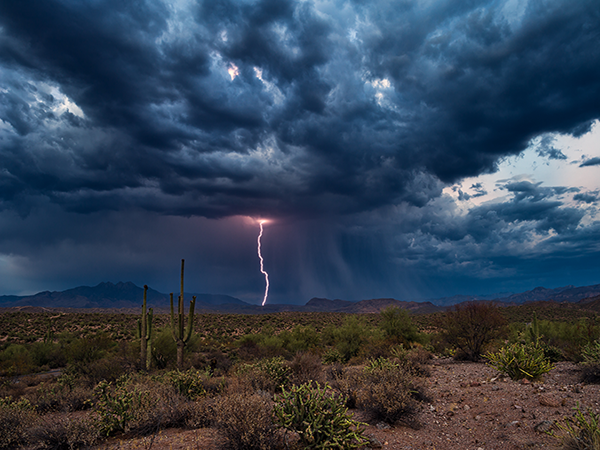
Grade:
Topic:
Unit:


In this lesson mini, students learn about weather patterns and their effects on daily life. They observe and record local weather conditions, exploring how these change over time. Students investigate the importance of weather forecasting, especially for preparing for severe weather events.

Minutes
Minutes
Minutes
Minutes
Minutes

Check out Britannica Studio, your teacher-first AI workspace that turns Britannica’s verified, standards-aligned content into engaging, differentiated, and student-ready materials in minutes.
Level-up current events into dynamic learning!